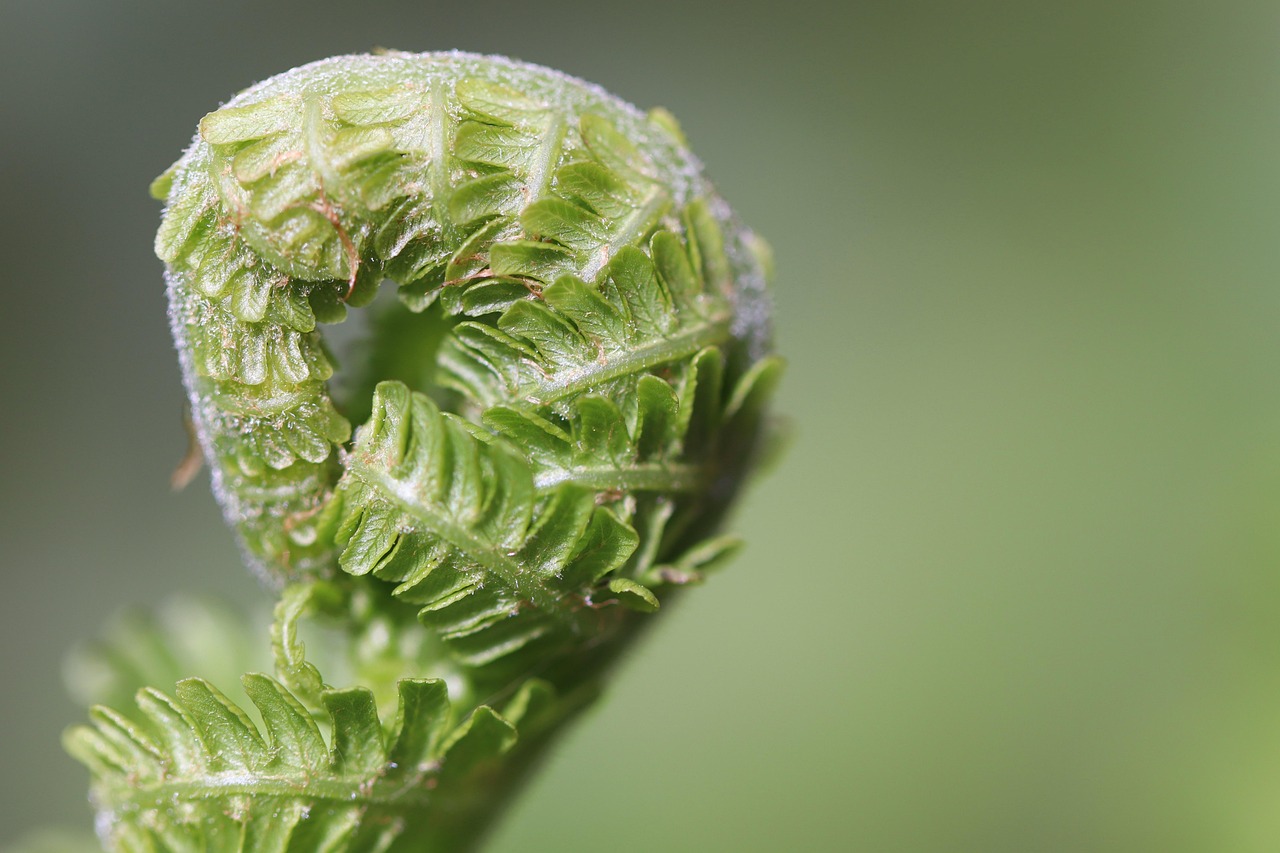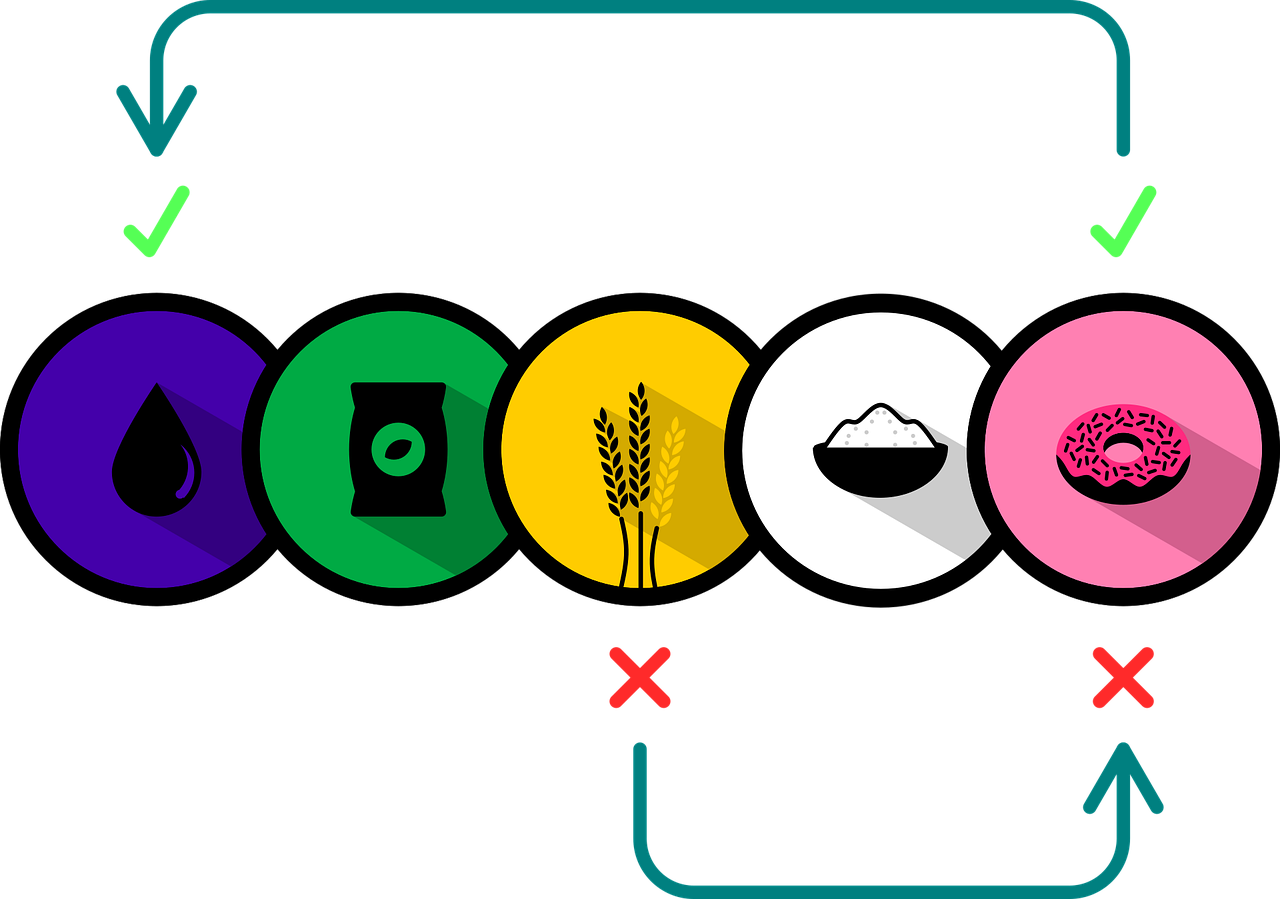Quantum Randomness Revolutionizes True Random Number Generation and Verification

Brief news summary
Quantum theory, once doubted by Einstein, now underpins advances in computing, biology, and optics, particularly enabling true randomness generation essential for digital security and fair resource allocation. Unlike classical systems, which are deterministic and lack genuine unpredictability, quantum mechanics naturally provides inherent randomness, confirmed by experiments such as the double-slit and loophole-free Bell tests that exclude classical explanations. In 2018, NIST introduced a certifiable quantum random number generator, though it had limitations like slow output and susceptibility to tampering. To overcome these challenges, NIST partnered with the University of Colorado Boulder to develop CURBy, a device producing about 15 million quantum random numbers per minute. CURBy employs the Twine protocol—a blockchain-based approach that links multiple hash chains into a tamper-evident directed acyclic graph—significantly boosting security and transparency. Available publicly, CURBy supports a decentralized randomness network with applications in jury selection, lotteries, and beyond, exemplifying how quantum research is driving secure, practical tools for society.No offense to Einstein, but he was certainly wrong about quantum theory—it has not only endured but also proven invaluable across computing, biology, optics, and even games of chance. Now, intriguingly, it might revolutionize dice throws. Randomness is essential for digital security and fair resource distribution, notes a recent paper by researchers at the University of Colorado Boulder and NIST. However, achieving genuine randomness is nearly impossible in the physical world. “True randomness is something that nothing in the universe can predict in advance, ” explains NIST physicist Krister Shalm. This rules out classical examples like dice rolls and many computer-generated "random" numbers, which are often predictable. Quantum physics offers a way around this. Take the double-slit experiment: a foundational demonstration where a beam of light creates an unpredictable interference pattern when passed through two slits. Unlike classical mechanics, the particle locations are probabilistic, not deterministic, showcasing true quantum randomness. Using a Bell test—a method that filters out classical explanations for measurement correlations—quantum randomness can be certified. Shalm notes that harnessing these correlations can produce “the best random number generator that the universe allows. ” But how can one verify the authenticity of such randomness? Verification is difficult since many sequences appear random but are not, and true randomness is often counterintuitive. The solution lies in an advanced loophole-free Bell test that measures correlations between pairs of photons under conditions excluding classical mimicry. NIST employed this technique in 2018 to produce certifiable random numbers. Peter Bierhorst, a NIST mathematician, described it as a “fail-safe” ensuring that no one can predict their numbers.
Unlike predictable coin flips, quantum randomness produces statistical correlations unique to quantum systems. Despite its effectiveness, this approach is complicated and slow, and critically depends on a single source, vulnerable to potential tampering without detection. To counter this, coauthor Gautam Kavuri advocates for “a really paranoid way” to guarantee randomness—something so robust that spoofing it would require faster-than-light communication. Enter CURBy (Colorado University Randomness Beacon), a powerful new tool developed by NIST and the University of Colorado Boulder to bring quantum randomness outside the lab as a public good. CURBy generates random numbers about 15 million times each minute, producing a massive dataset sent for processing and yielding 512 random bits after under seven minutes—equivalent to 2^512 (a 155-digit number) possible outcomes. NIST calls this “the universe’s best coin flip. ” Yet producing random numbers is only half the story; verifying them is equally crucial. The team developed Twine, a protocol based on intertwining hash chains into a hash graph—a sophisticated blockchain variant. Each new data block (representing a step in random number generation) is cryptographically linked to prior blocks, making undetected tampering extremely difficult. Moreover, Twine cross-links hashes from multiple independent chains, forming a directed acyclic graph. Any malicious alteration in one chain disrupts consistency across others, making undetected spoofing nearly impossible. This interconnected network grows stronger as more independent parties join. CURBy broadcasts its random numbers via a public website, allowing anyone to verify data integrity. Jasper Palfree, a research assistant, describes it as “a tapestry of trust, ” a “network of randomness that everyone contributes to but no individual controls. ” Such openness and scale suit applications like jury selection or public lotteries, ensuring fairness and transparency. The solution also represents an elegant fusion of practical utility with a complex quantum physics challenge. As Kavuri affirms, “NIST is a place where you have that freedom to pursue projects that are ambitious but also will give you something useful. ”
Watch video about
Quantum Randomness Revolutionizes True Random Number Generation and Verification
Try our premium solution and start getting clients — at no cost to you

I'm your Content Creator.
Let’s make a post or video and publish it on any social media — ready?
Hot news

Independent businesses: have your online sales be…
We would like to learn more about how recent changes in online search behavior, driven by the rise of AI, have impacted your business.

Google Says What To Tell Clients Who Want SEO For…
Google’s Danny Sullivan offered guidance to SEOs dealing with clients eager for updates on AI SEO strategies.

Amid the AI Boom, Supplies of Certain AI Chip Mod…
Amid the rapid advancement of artificial intelligence technology, global supply chains for critical components are under increasing pressure, particularly in the supply of AI chip modules essential for powering advanced AI applications.

Salesforce Agrees to Acquire Qualified for Agenti…
iHeartMedia has teamed up with Viant to introduce programmatic advertising across its streaming audio, broadcast radio, and podcast offerings.

Nvidia's Open Source AI Push: Acquisition and New…
Nvidia has recently announced a major expansion of its open source initiatives, marking a significant milestone in the tech industry.

AI-Generated Videos Gain Popularity on Social Med…
The rise of AI-generated videos is profoundly transforming content sharing on social media platforms.

5 Cultural Attributes That Could Make or Break Yo…
Summary and Rewrite of “The Gist” on AI Transformation and Organizational Culture AI transformation poses primarily a cultural challenge rather than a purely technological one
AI Company
Launch your AI-powered team to automate Marketing, Sales & Growth

and get clients on autopilot — from social media and search engines. No ads needed
Begin getting your first leads today








